Athletes & milestone moments
Inspirational athletes and milestone moments that will tell the story of Beijing 2022 at The Olympic Museum
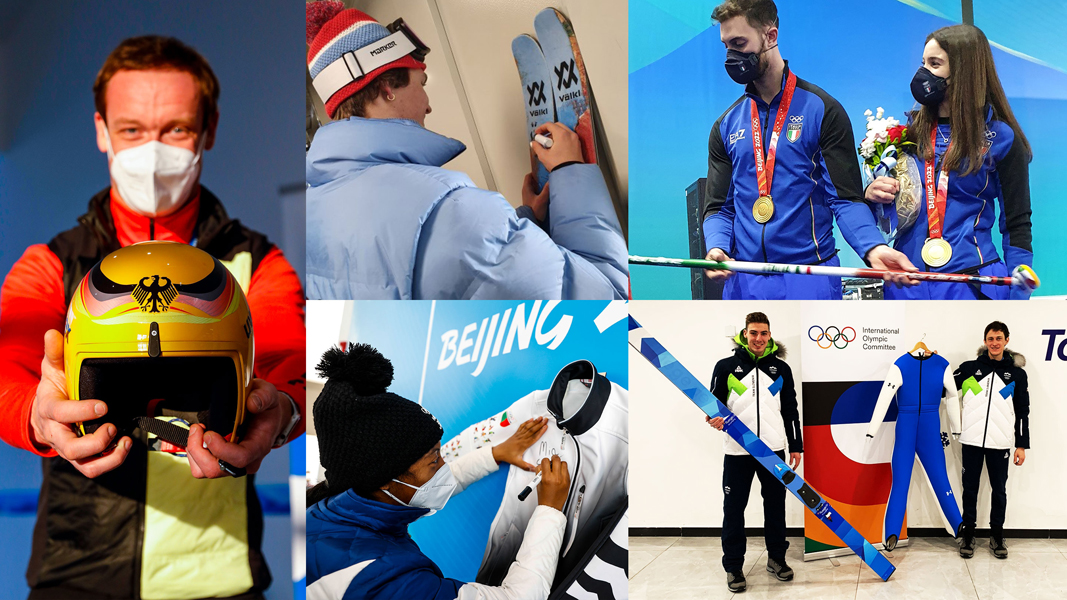
19 Feb 2022 – At each edition of the Olympic Games, the International Olympic Committee’s Culture and Heritage team brings together an emblematic collection of athletes’ equipment, uniforms, objects and patrimonial interviews that encapsulate the edition for future generations. While the acquisition at Beijing 2022 has focused on many “firsts” in Olympic history, the Heritage team have also set their sights on several legends and swansongs.
A quartet of Slovenian youngsters won the inaugural ski jumping mixed team gold medal at the Olympic Winter Games Beijing 2022, and they did it in style. Nika Križnar, Timi Zajc, Urša Bogataj and Peter Prevc were in a class of their own, finishing 111 points ahead of the second-placed ROC.
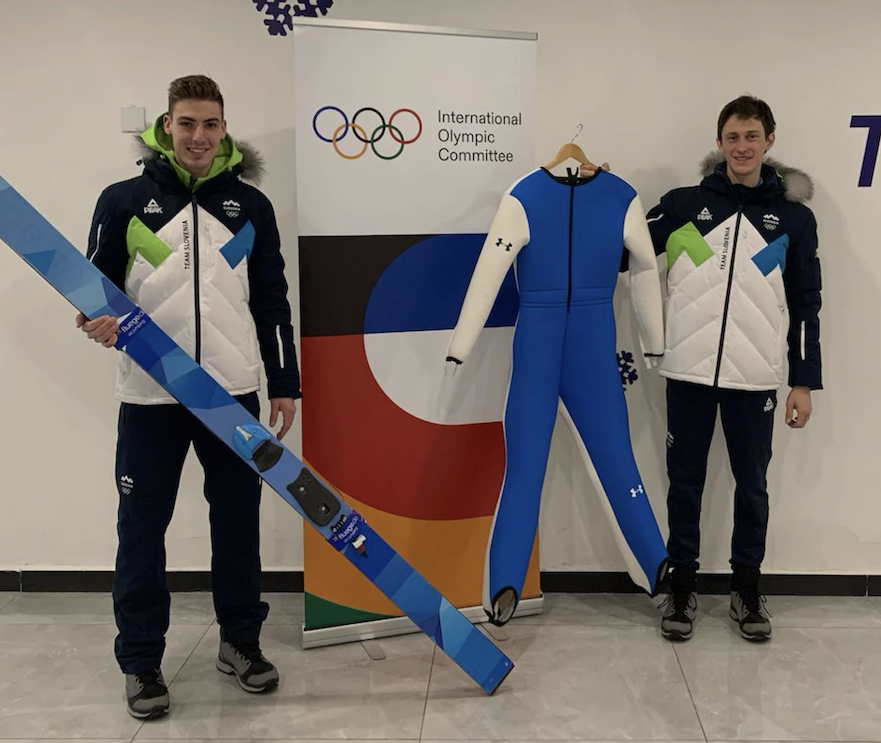

Later, aware of the significance of representing Olympic history, they pledged their equipment and apparel to the Olympic heritage collection, which is preserved and showcased at The Olympic Museum in Lausanne, Switzerland, and is also used in Olympic culture programmes around the world.
“It is a great honour for me that I was asked to give my equipment in which I participated in the historic event at the Olympic Games,” said Zajc. “It’s a really nice feeling to be able to inspire others through your work.”


Similarly, the Italian duo of Stefania Constantini and Amos Mosaner, who became Italy’s first-ever Olympic curling champions, pledged their victorious broom to the IOC Heritage collection. The mixed doubles gold medallists were delighted to be asked to join this rich tradition and illustrious history.
Team USA freestyle skiers Ashley Caldwell, Chris Lillis and Justin Schoenefeld, who won the inaugural aerials mixed team gold, felt the same way.
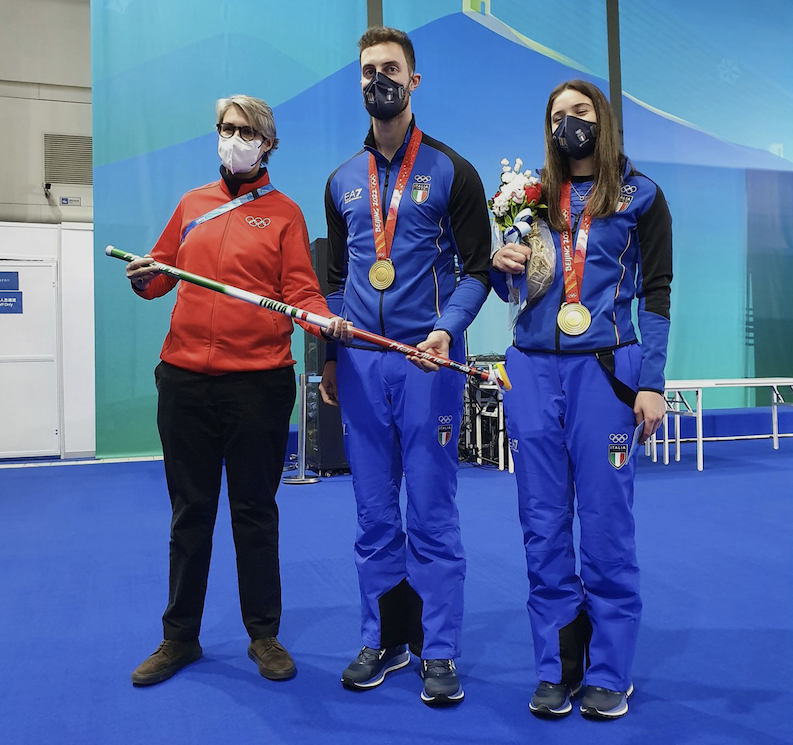

“To have my equipment at The Olympic Museum is incredibly humbling,” said Caldwell. “All athletes work so incredibly hard, and then to be noticed like this and to be seen by so many people is an incredible honour that I can’t express in words. I’m very grateful and excited that our equipment will be shown in such incredible light.”
“Even though he didn’t medal at Beijing 2022, we are delighted to have received the luge helmet of Germany’s Felix Loch, for example,” said Yasmin Meichtry, Associate Director of the Olympic Foundation for Culture and Heritage, who spearheads the Heritage collection team. “Loch is a triple Olympic gold medallist and sporting legend who has been competing since 1995. It is an acquisition of great importance for us.
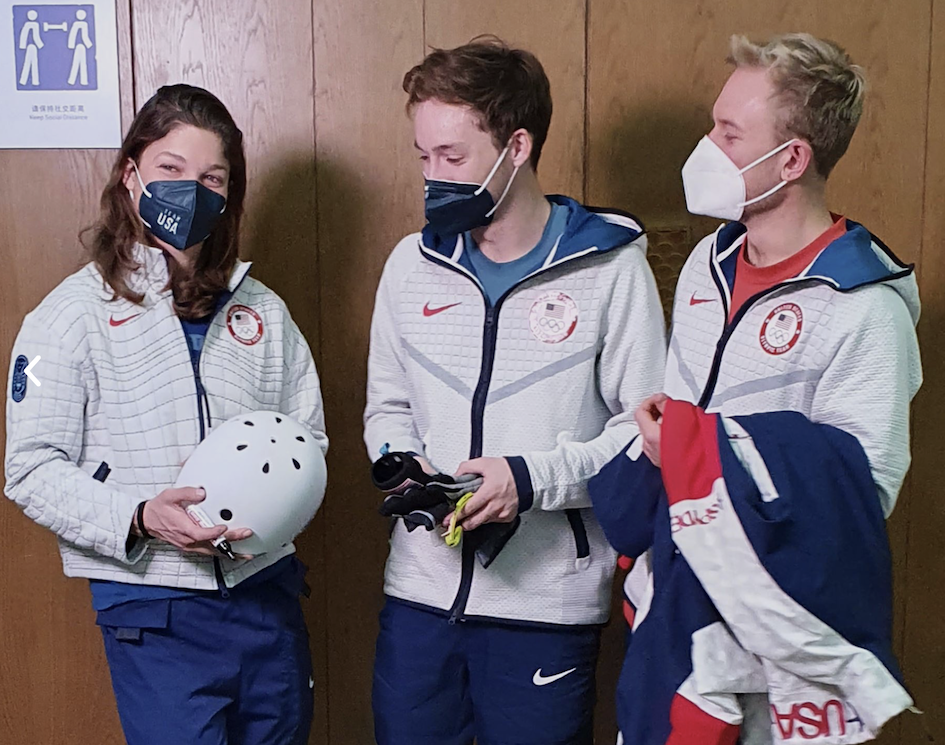

“We look for inspiring athletes and objects that tell a story,” added Meichtry. “We are always keen to have items that show the evolution of sport, society and the entire context of the Games. Through these acquisitions, we aim to document history.”
An important example is American Colby Stevenson, who may not have won gold, but whose silver medal in the freestyle skiing big air event was nothing short of miraculous. Six years ago, Stevenson was in a near-fatal car crash that could have jeopardised a normal life, let alone a skiing career. His return to the top of his sport is the very embodiment of the Olympic spirit, and hence the Heritage team was very happy to receive his ski jacket as a permanent reminder of his inspirational story.
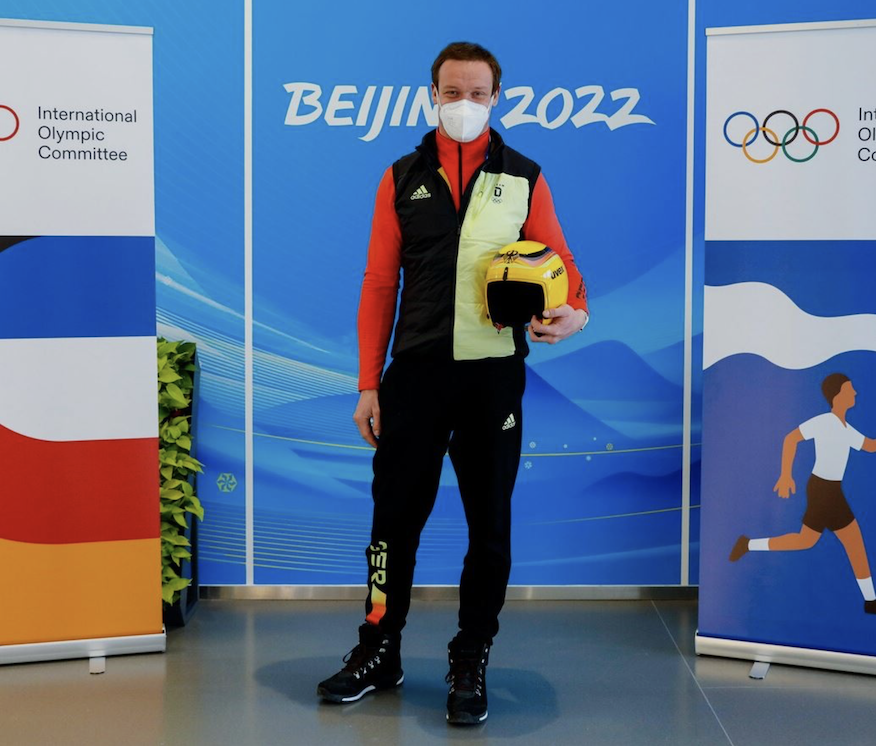

“I’m really honoured to have my jacket at The Olympic Museum,” said Stevenson. “It’s so cool to have my name in there and to inspire young kids. I mean, I’ll never know how many I reach that way, that’s such a cool thing.”
Stevenson finished second behind Norway’s Birk Ruud, who was also bouncing back from tragedy at these Games. The big air gold medal was an emotional victory for Ruud, who had lost his father to cancer some months ago. Despite that poignant story – or perhaps because of it – Ruud gifted his skis to The Olympic Museum, saying he hoped they will inspire many more.
This important work of preserving Olympic history for generations to come is done in close collaboration with the International Sports Federations and the National Olympic Committees. The process of acquisition begins well before the Games, and requires detailed planning as well as communication with these multiple stakeholders. Once on the ground though, timely reactivity is key.
“Sometimes when there is a particularly compelling medal performance, one that we know will go down in history, we need to react very quickly to speak to the athlete or the entourage,” said Anne-Cecile Jaccard, a member of the Heritage collection team. “It means we have to be both proactive and reactive at the same time.”
“It is important to understand that this is a serious process to enrich our heritage and to make sure we can tell the story of these unique Games,” explained Meichtry. “The Olympics bring the world together. It is important to document this history so that future generations understand why the Olympic Movement makes such a significant contribution to the world.”
The Heritage team not only gathers equipment and kits but also conducts several dozen interviews with past and present Olympians, to string together the story of the Games.
“This oral history is an important part of the patrimony, as the interviews provide the stories behind the objects. Over the past few editions, we have already conducted more than 500 of these interviews, as part of our ‘Words of Olympians’ programme,” she continued. “We also speak to those behind the creative process of the Games – the designers and artists who create the look and cultural imprint of the Games.”
The Heritage collection action is heating up as the countdown to the Closing Ceremony begins, and several more acquisitions are lined up for the last couple of days. Some items remain on the wish list for the moment, but the team isn’t quite giving up on that just yet. Receiving something from legendary Dutch speed skater Ireen Wüst is high on the agenda.
“At these Games, Wüst has become the first athlete ever to win individual gold medals at five Olympics, across both summer and winter Games,” concluded Meichtry. “We would surely love to reserve a spot for her at The Olympic Museum.”





